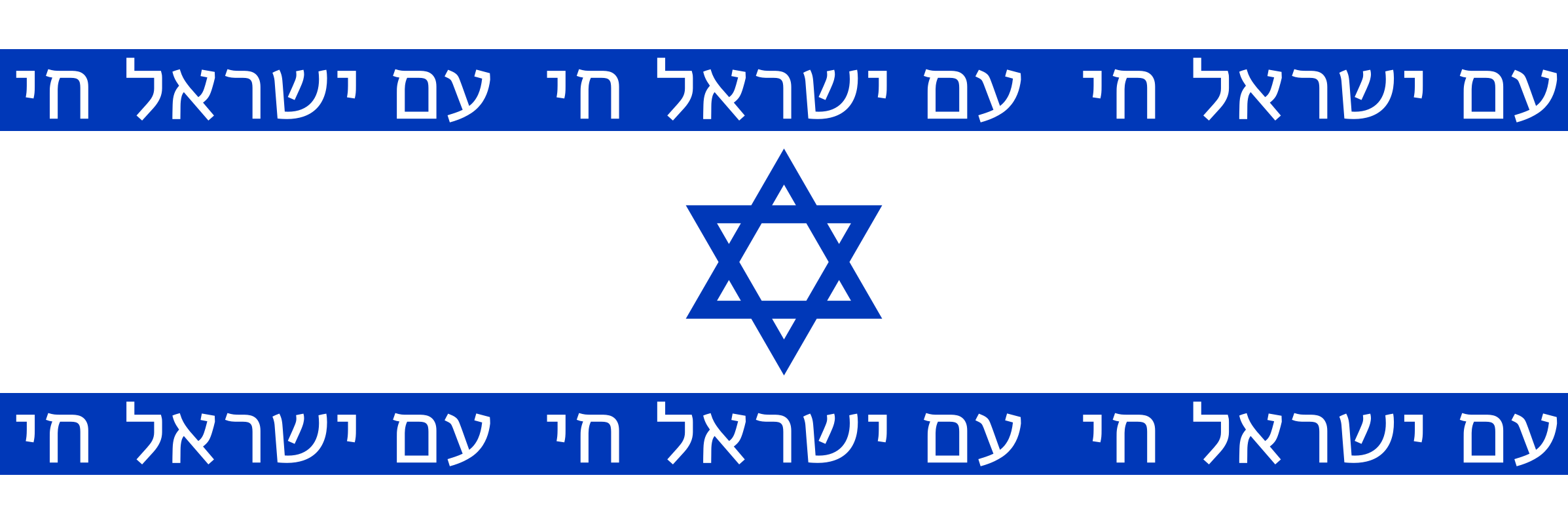Describe the regular expression under the cursor.
Regexplainer.mov
railroads.webm
Heavily inspired by the venerable atom-regexp-railroad.
👉 NOTE: Requires Neovim 0.7 👈
use { 'bennypowers/nvim-regexplainer',
config = function() require'regexplainer'.setup() end,
requires = {
'nvim-treesitter/nvim-treesitter',
'MunifTanjim/nui.nvim',
} }You need to install regex with nvim-treesitter, as well as the grammar for
whichever host language you're using. So for example if you wish to use
Regexplainer with TypeScript sources, you need to do this:
:TSInstall regex typescript-- defaults
require'regexplainer'.setup {
-- 'narrative', 'graphical'
mode = 'narrative',
-- automatically show the explainer when the cursor enters a regexp
auto = false,
-- filetypes (i.e. extensions) in which to run the autocommand
filetypes = {
'html',
'js',
'cjs',
'mjs',
'ts',
'jsx',
'tsx',
'cjsx',
'mjsx',
},
-- Whether to log debug messages
debug = false,
-- 'split', 'popup'
display = 'popup',
mappings = {
toggle = 'gR',
-- examples, not defaults:
-- show = 'gS',
-- hide = 'gH',
-- show_split = 'gP',
-- show_popup = 'gU',
},
narrative = {
indendation_string = '> ', -- default ' '
},
graphical = {
width = 800, -- image width in pixels
height = 600, -- image height in pixels
python_cmd = nil, -- python command (auto-detected)
},
deps = {
auto_install = true, -- automatically install Python dependencies
python_cmd = nil, -- python command (auto-detected)
venv_path = nil, -- virtual environment path (auto-generated)
check_interval = 3600, -- dependency check interval in seconds
},
}Regexplainer offers a small variety of display modes to suit your preferences.
Set to split to display the explainer in a window below the editor.
The window will be reused, and has the filetype Regexplainer
Set to popup (the default) to display the explainer in a popup below the
cursor. When the cursor moves, the popup closes. if auto is set, the popup
will automatically display whenever the cursor moves inside a regular expression
You can call show with your own display type to override your config
require'regexplainer'.show { display = 'split' }Or use the commands RegexplainerShowSplit or RegexplainerShowPopup.
RegexplainerHide and RegexplainerToggle are also available.
You can customize the popup window by specifying options.popup.border,
which is a table of popup options from nui.
Any options specified for options.popup will also override the defaults.
require'regexplainer'.show {
display = 'popup',
popup = {
border = {
padding = { 1, 2 },
style = 'solid',
},
},
}You could use this to, for example, set a different border based on the state of your editor.
narrative.indendation_string can be a function taking the current component and
returning an indendation indicator string. For example, to show the capture group on each line:
narrative = {
indentation_string = function(component)
return component.capture_depth .. '> '
end
},Input:
/zero(one(two(three)))/;Output:
`zero`
capture group 1:
1> `one`
1> capture group 2:
1> 2> `two`
1> 2> capture group 3:
1> 2> 3> `three`You can yank the regexplanation into any register with the yank function. The
default register is ". This can be useful if you'd like to share the
explanation of a regexp with your teammates, or if you'd like to report a
mistake in regexplainer. The argument to yank is either a string (the register
to yank to) or a table with register: string and options to show (e.g. mode = 'narrative', narrative = {}, etc.).
For example, to copy the regexplanation to your system clipboard, use either of these:
require'regexplainer'.yank'+'require'regexplainer'.yank { register = '+' }You can also use the command RegexplainerYank
:RegexplainerYank +Regexplainer supports displaying regular expressions as visual railroad diagrams, providing an intuitive visual representation of regex patterns that makes complex expressions easier to understand at a glance.
- hologram.nvim plugin for image display
- A supported terminal (Kitty, iTerm2, or other hologram-compatible terminals)
- Python 3.7+ (dependencies are managed automatically)
Set the mode to graphical in your configuration:
require'regexplainer'.setup {
mode = 'graphical',
-- Both popup and split modes work with graphical display
display = 'popup', -- or 'split'
graphical = {
-- Optional: customize image generation
generation_width = 1200, -- Initial generation width (default: 1200)
generation_height = 800, -- Initial generation height (default: 800)
},
deps = {
auto_install = true, -- automatically install Python dependencies
},
}- 🎨 Visual railroad diagrams: Convert regex patterns into clear, readable railroad diagrams using the
railroad-diagramslibrary - 📱 Multiple display modes: Works in both popup windows (with pattern overlay) and split windows
- 🔧 Smart sizing: Images automatically scale to fit your window while preserving aspect ratio
- ⚡ Caching: Generated diagrams are cached for faster subsequent displays
- 🐍 Zero-config Python: Dependencies are automatically managed in an isolated environment
- 📺 Wide terminal support: Works with any terminal supported by hologram.nvim
- 🔄 Graceful fallback: Automatically falls back to narrative mode if graphics are unavailable
- 🚀 Cross-platform: Fully compatible with Windows, macOS, and Linux
- Railroad diagram appears in a popup window
- Original regex pattern shown in a separate overlay
- Automatically closes when cursor moves away
- Perfect for quick regex inspection
- Railroad diagram appears in a dedicated split window
- Original pattern remains visible in the main buffer
- Great for complex regex analysis and comparison
nvim-regexplainer automatically handles all Python dependencies:
- 🔄 Automatic installation: Required packages (
railroad-diagrams,Pillow,cairosvg) are installed when first needed - 🏠 Isolated environment: Uses a virtual environment in the plugin directory
- 🔒 System-safe: Never affects your system Python installation
- 🩺 Health checks: Run
:checkhealth regexplainerto verify everything is working
If you prefer manual control:
require'regexplainer'.setup {
mode = 'graphical',
deps = {
auto_install = false,
python_cmd = 'python3', -- specify Python executable
venv_path = '/custom/path', -- custom virtual environment path
},
}Then install the required packages:
pip install railroad-diagrams Pillow cairosvg- Display Regexp railroad diagrams using ASCII-art
- Display Regexp railroad diagrams via hologram.nvim
- Support both popup and split display modes for graphical diagrams
- Automatic Python dependency management
- Cross-platform compatibility (Windows, macOS, Linux)
- Add sixel protocol support for wider terminal compatibility
- online documentation
- some unit tests or something, i guess


